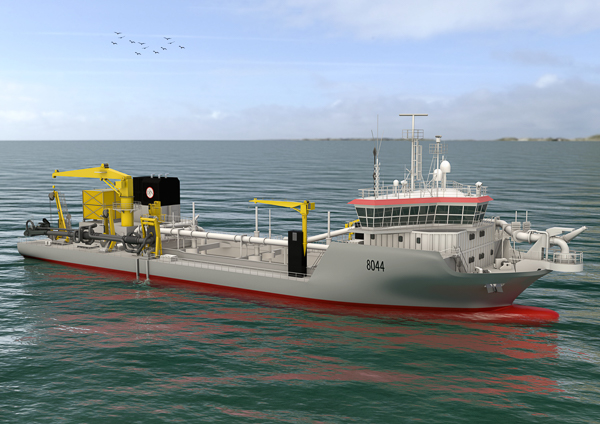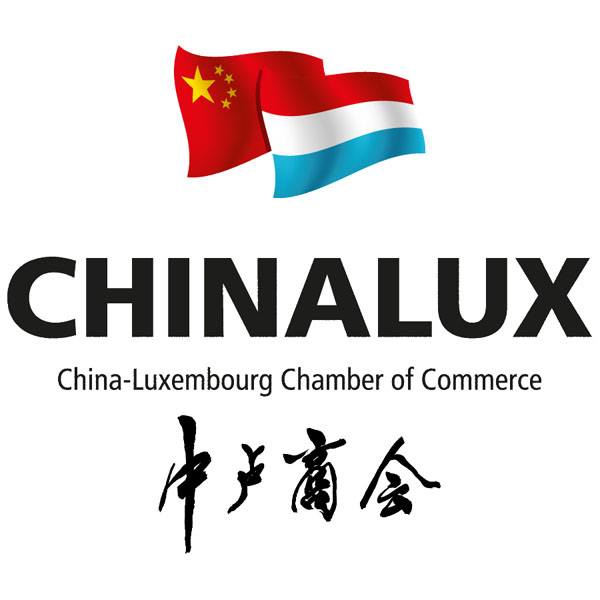
Belgian civil and maritime construction company, Jan De Nul Group has ordered three 3.500 m3 trailing-elk drag dredgers to be built at Keppel Singmarine.
The design of the vessels is based on 3,400 m3 Alvar Nuñez Cabeça de Vaca and Sebastiano Caboto dredgers, built in 2011. The ships combine a shallow draft with easy manoeuvrability, making them suitable for working in confined spaces.
The ships operate in diesel-electric mode. All the main propulsions — thrusters, dredging pump, propulsion pumps, etc. — are powered by electricity, and controlled by frequency converters so that each system can operate at its own speed and optimum power. An asymmetric distribution system allows an optimal distribution of the load among the three diesel generators resulting in improved fuel consumption
New vessels must comply with International Maritime Organisation (IMO) regulations for NOx emissions. As new dredgers will frequently work in estuaries and on rivers or near the coast, and thus close to residential areas, Jan De Nul Group has decided to limit NOx emissions to a much lower level than their own requirements, and to reduce also the emission of other contaminants that are not currently regulated by IMO.
The new vessels will operate with normal fuel oil, and the exhaust gases are purified by a Selective Catalytic Reduction (RCS) system and a Particulate Filter (FAP). The RCS system reduces the level of NOx in the exhaust gas to a level corresponding to future European requirements (EU Stage V) for inland navigation vessels; This standard is much more stringent than the applicable IMO Tier II and Tier III requirements.
The FAP removes particulate matter from the exhaust gas in order to do better than the level stipulated in the future EU Stage V requirement for inland navigation vessels.
In combination with the use of low-sulphur fuels, emissions (NOx, SOx, particulates, CO and hydrocarbons) will comply with EU Stage V, and therefore better than any other vessel or dredger. They will be equivalent if not better than those of a dredger using liquified natural gas (LNG) as fuel. However, using available fuel everywhere, compared with the limited availability of LNG, these low emissions are achievable continuously throughout the world.
LNG, which is mostly methane, is promoted as an environmentally friendly fuel. Indeed, it has a number of advantages for producing the same power while less gas contributing to the CO2 greenhouse effect is emitted, and emissions of certain contaminants such as NOx, SOx, particulates are lower than in comparison with a diesel engine on oil, without exhaust gas treatment system. However, the same or a better result can be achieved by using an exhaust gas treatment system, and the main environmental and operational disadvantages of LNG are avoided.








